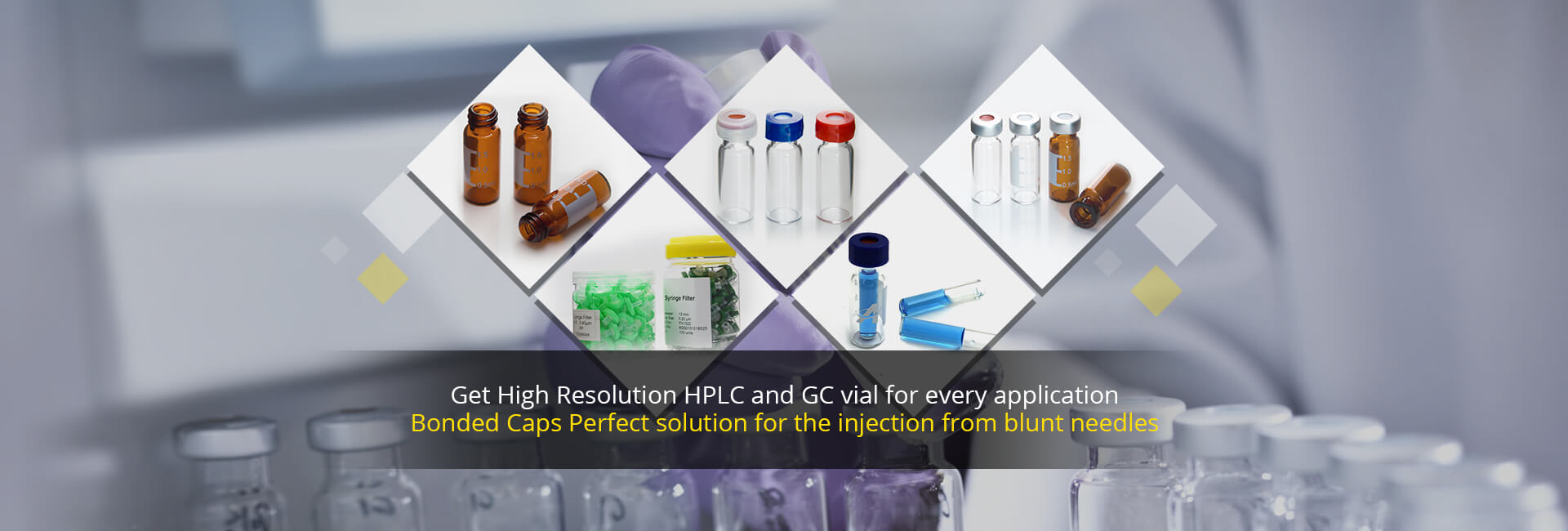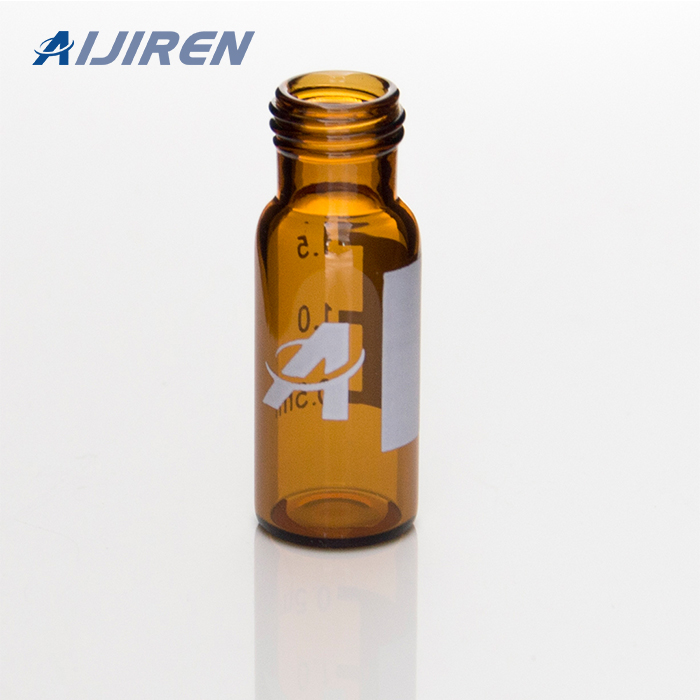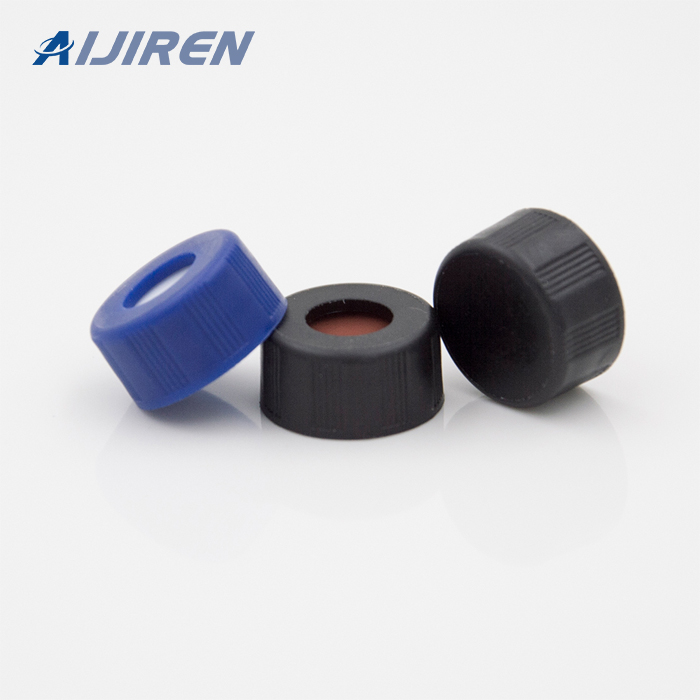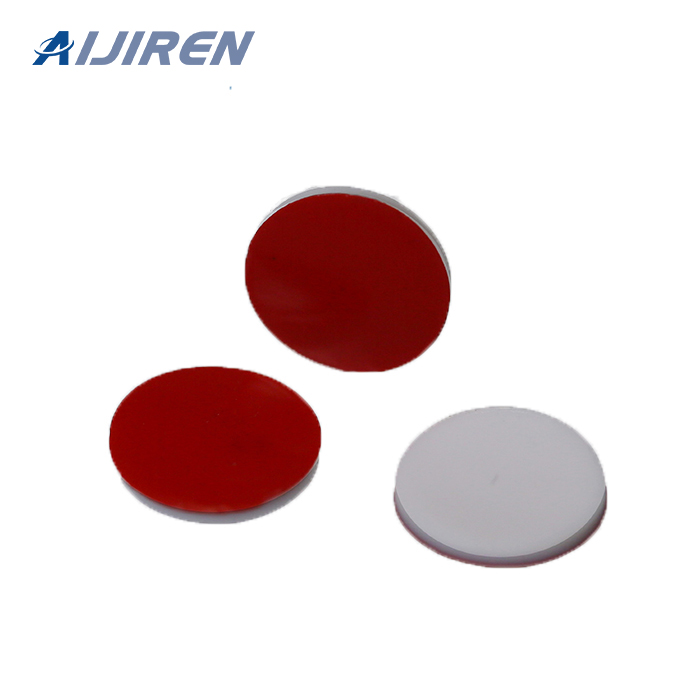




Chromatography is used to separate mixtures of substances into their components. All forms of chromatography work on the same principle. They all have a stationary phase (a solid, or a liquid supported on a solid) and a mobile phase (a liquid or a gas).
NO.1448 Labs Borosilicate Glass Bod Bottle. B.O.D. bottles are designed for sampling and incubation of water samples for biochemical oxygen demand testing (BOD). Clear glass BOD bottle features a tapered penny head stopper, a flared lip for water seal, and a white marking area for labeling the sample.
Some of the most common solid adsorbents used as stationary phases in chromatography are listed in table 19.1, p. 760. In the organic chemistry lab the most commonly used are silica gel and alumina due to their versatile polarity range. Likewise, some common eluting solvents are listed in table 19.2, p. 761 by order of
Physical characteristics Density = 2.23 g/cm³ Mean Excitation Energy = 134.0 eV Usage . Borosilicate glass's refractory properties and physical strength make it ideal for use in laboratories, where it is used to make high-durability glass lab equipment, such as beakers and test tubes.
0 2.5 5 7.5 10 12.5 15 17.5 20 min mAU-50-25 0 25 50 75 100 125 150 175 1 2 3 Column : Venusil ASB -C18, 5um Mobile Phase: methanol-water Wavelength: 220nm Flow Rate: 1mL/min Mobile Phase Gradient: 0~30min 30~90%(methanol) 30~40min 90%(methanol) 40-45min 30%(methanol) 0 2.5 5 7.5 10 12.5 15 17.5 20 min mAU 0 100 200 300 400 500 600
wi = [(1 - Pi) In (1 -- ei)]2 For the polished series, the Weibull graph is shown Table 2. Results of the strength tests of the ground and polished borosilicate glass series Batch N Mean af (MPa) m a o (MPa) bor 40 237.3 + 51.3 5'0 242.6 3pb20 40 200-6+29.9 10.9 213.3 3pb40 40 193.4 + 21.8 10'8 202-9
glass composition used thick film compositions Prior art date 1983-07-25 Legal status (The legal status is an assumption and is not a legal conclusion. Google has not performed a legal analysis and makes no representation as to the accuracy of the status listed.) Withdrawn Application number EP19840108641 Other languages German (de) French (fr
Organic Chemistry Lab Glassware Kit Borosilicate Glass 3.3 & In Stock Made with borosilicate glass, low linear coefficient of expansion and high annealing point Over 2000 different kinds of Laboratory Glassware Opereating under 5S environment and ISO 9001:2008 Quality Manegement System 1,ISO standard 2,All joint are 24/29 3, Material: Borosilicate Glass 3.3 4,You will receive all the items as
Elastic Constants for Glasses and Glass Ceramics Code Type E GPa G GPa 9606 Glass Ceramic 17.2 6.9 1723 Aluminosilicate 12.5 5.1 9608 Glass Ceramic 12.5 5.0 7940 Fused Silica 10.4 4.5 0080 Soda Lime Silicate 10.2 4.2 7900 96% Silica 10 4.2 7740 Borosilicate, Low Expansion 9.1 3.8 7070 Borosilicate, Low Loss 7.4 3 • E = Young's Modulus
Borosilicate glass is a type of glass with silica and boron trioxide as the main glass-forming constituents. Borosilicate glasses are known for having very low coefficients of thermal expansion (≈3 × 10 −6 K −1 at 20 °C), making them more resistant to thermal shock than any other common glass.
Jan 19, 2013 · Thin layer chromatography is an important analytical test for identifying unknown compounds, monitoring reactions, and testing chemical purity. The purpose of this experiment was to acquire the TLC technique. Chlorophyll: a common plant pigment. Analysis Thin-layer chromatography (TLC) is an essential analytical technique for organic
Overview. Chromatography is ideal for teaching the principles of protein and nucleic acid purification. Chromatography materials including instruments, columns, media, and other chromatography supplies are provided in convenient formats to perform the most common chromatographic techniques.
Table 1. Colors and pH ranges of color change of chosen acid-base indicators [1,2,3] Indicator Dye pH range of color change Color in solution Acidic solution Basic solution Alizarin Red S 3.5-6.5 9.4-12.0 yellow-red orange-violet Congo Red 3.0-5.0 blue-red red m-Cresol Purple 1.2-2.8 7.4-9.0 red-yellow yellow-purple
Part 2: Leaf chloroplast pigments (alcohol solvent) Using another setup make a leaf marking on another piece of chromatography paper. Using ethanol as a solvent, separate the pigments in the leaf. Cover the cup with a piece of plastic wrap because of the ethanol fumes. Diagram: Data analysis: Calculate R f factors for each ink component.
Because borosilicate glass doesn’t expand like ordinary glass, there is a smoother transition between temperatures as well as the ability to withstand different temperatures at the same time. Borosilicate glass has an extremely low coefficient of linear expansion (3.3 x 10 –6 K –1 ) as a result of its low thermal expansion.